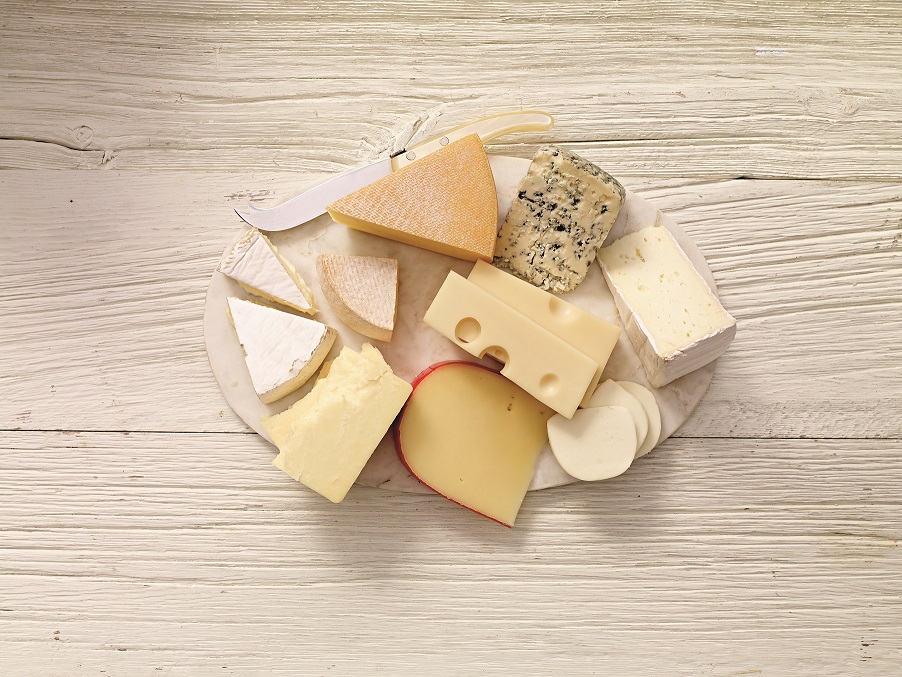Bacteria, Yeasts and Microflora from Quebec Cheeses

Project entitled:
Searching the microflora of local milks and cheeses
Steve LabrieHighlights
- Milk quality has a large influence on the production and ripening of fine cheeses. The recent introduction of genomic techniques has contributed to our understanding of milk microbial ecosystems. A number of species of bacteria and fungi have been identified in cheeses but their roles in the cheese ripening process remained unclear.
- Quebec’s cheeses often meet the highest standards and, at times, lack consistency in regards to quality. In addition, little is known about the indigenous microflora of fine cheeses from Quebec.
- The goal of the project was to inventory the natural microbial species found in Quebec cheeses to determine their impact on the cheeses’ microflora and local cheese typicity.
- A wide range of species of microorganisms was found on the surface of cheeses, with many originating from the natural microbiota (not inoculated by the cheesemakers).
- The analysis of the cheeses’ natural microbiotas and their stability over time will help to identify the species that influence product quality and thereby improve production consistency.
Objectives
- To complete an inventory of the species present in fine cheeses from Quebec;
- To identify, by sequencing, the metabolic pathways of 20 keys species from the secondary microflora of fine cheeses;
- To determine the persistence of cheesemaking ecosystems;
- To develop a method for detecting and determining the prevalence of strains from the cheeses’ natural microbiota.
Results and potential benefits
Metagenomic methods were developed and optimized to establish a profile of cheese microbiotas (on the surface and in the interior). The natural species found in a total of 49 cheeses from 21 different cheesemakers in Quebec were inventoried. The varieties analyzed included washed-rind firm cheeses, washed-rind soft cheeses, soft cheeses with a bloomy rind and firm cheeses with a natural rind.
The microorganisms found within the cheeses are generally present due to voluntary inoculation by the cheesemakers (starter culture or ripening
culture). In total, 21 bacterial genres were inventoried within the cheeses, primarily lactic acid bacteria.
The species of microorganisms found on the surface of the cheeses were much more diverse, with many coming from the cheeses’ natural microbiotas (not inoculated by the cheesemakers). In addition, a comparison of the ecosystem of 16 different cheeses from two different years revealed the persistent species and the variable species between cheeses and over time. As originally planned, 20 strains were selected and their genomic DNA was sequenced. A more extensive analysis was conducted on four strains of Staphylococcus equorum, a species that is frequently found in cheeses and on three yeasts isolated from the cheeses’ surface.
Professionals trained
3 masters students:
- Andréanne Lamarche: Detection of indigenous microorganisms
- Annick Raymond-Fleury: Cheese metagenomics
- Gabrielle Jacquemet: Identification of metabolic pathways and the impact of different production parameters
Financial contributions
Partnership for innovation in dairy production and dairy processing (EPI2015-2019):
- Fonds de recherche du Québec – Nature et technologies
- Consortium de recherche et innovations en bioprocédés industriels au Québec
- Novalait